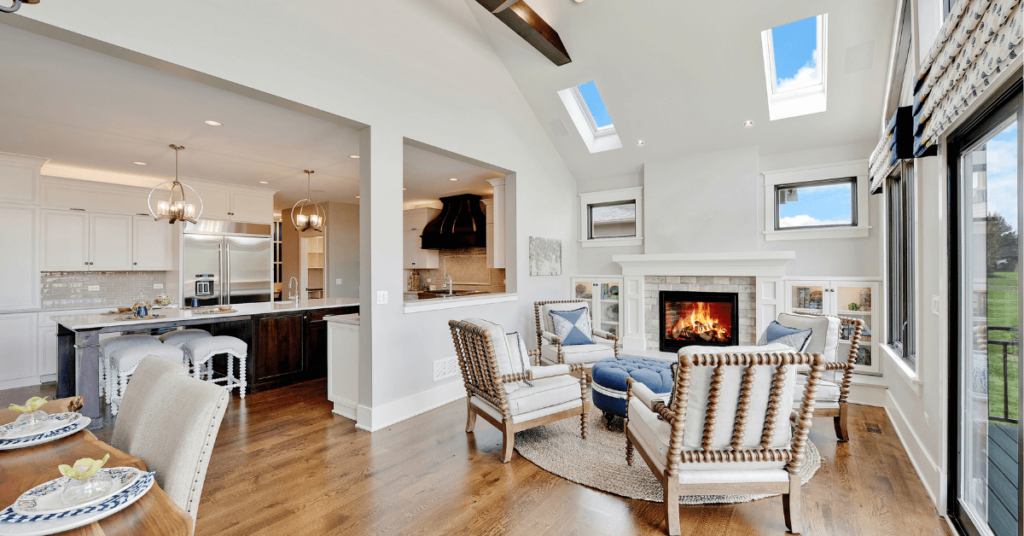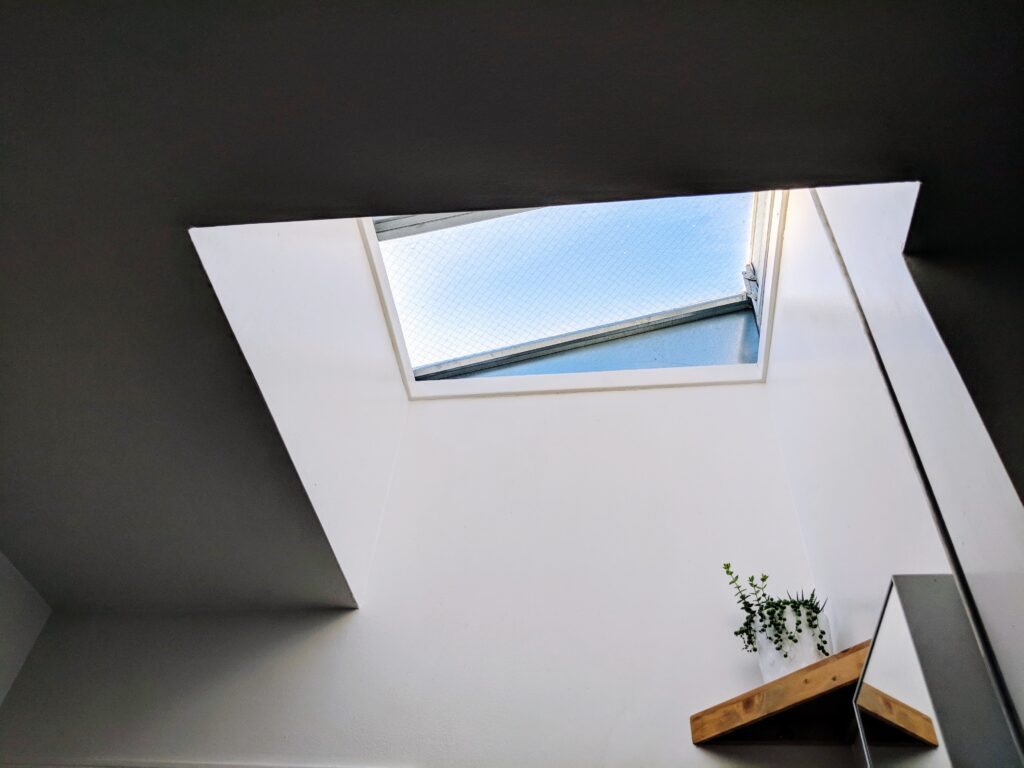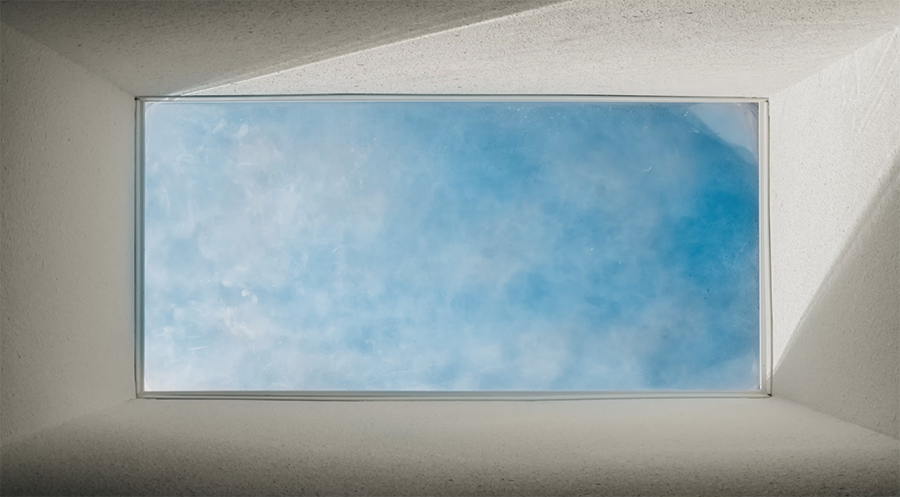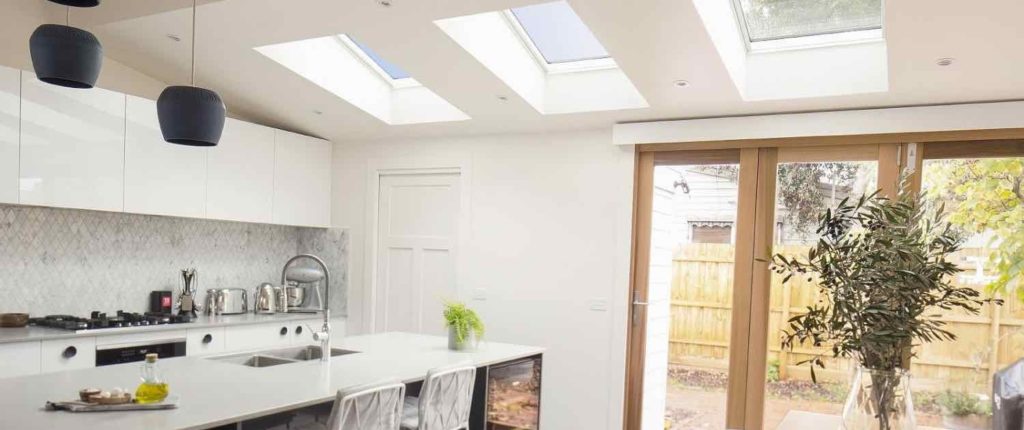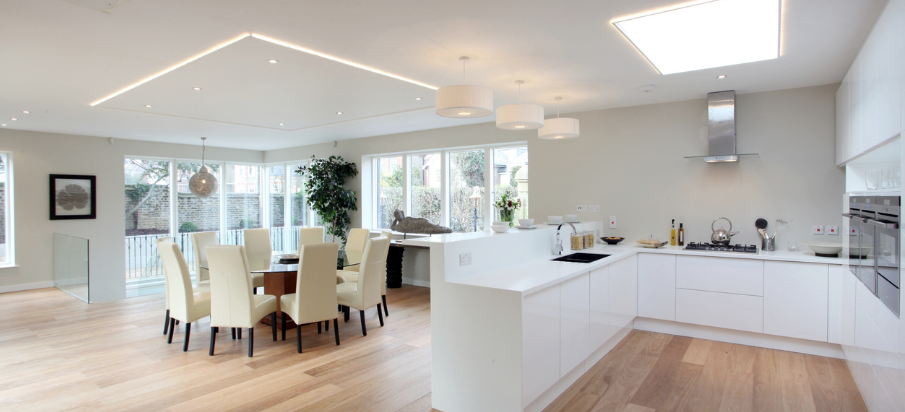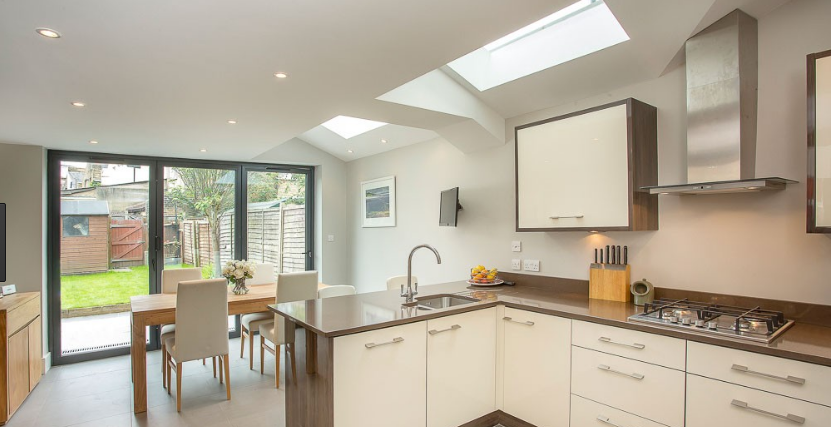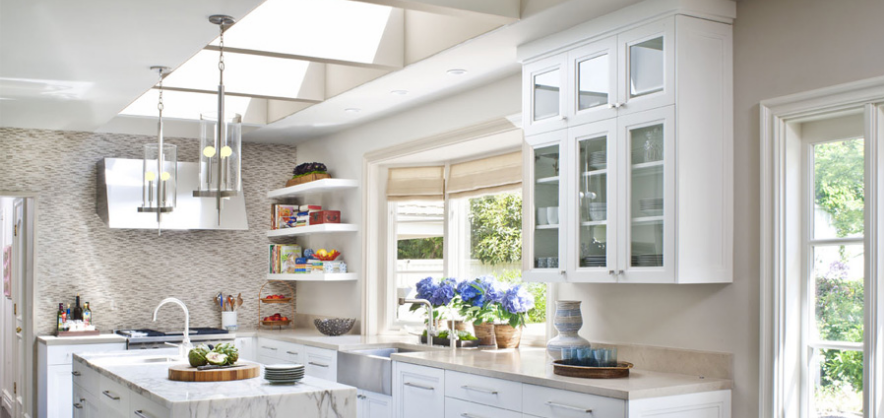March 28, 2023 in Skylights
What to Consider Before Installing a Skylight
Skylights offer homeowners many different benefits. When you want your home to be brighter during the day, but you’d also like to avoid raising your power bill, a skylight or two may be the perfect answer.
Brighten Those Winter Blues
Sunshine can help ward off seasonal depression, and a skylight will bring that sunlight right into your room. This can be especially beneficial if the room doesn’t already have any windows providing adequate amounts of sunlight.
Skylights Make the Room Feel Bigger
Do you have a room in your house that feels a little too cramped? Bringing some natural light in will help make it feel larger than a dim room. Even the smallest of dens will feel more welcoming with a skylight!
5 Things to Consider Before Installing a Skylight
- Shape—The shape of this “ceiling window” will determine how much the light stretches throughout the room. If it has wide flares, it causes the light to expand across the entire space. A narrow skylight concentrates the light more directly, allowing you to focus it on a particular spot.
- Glare—Before you install a skylight on your roof, be aware that it can give off a glare. This has the potential to hurt your eyes, and can make the room feel too hot. To counter this, consider adding tinting or some other filter to the glass.
- Material—Using the right materials helps you control the temperature of your room. Today’s skylights are made from double-insulated glass that’s designed to give you extra light. They also filter the UV rays, so the room won’t feel hot and stuffy.
- Climate—Different types of skylights work better depending on your location and climate. In warmer places, consider vented skylights to let in fresh air and reduce the heat. In colder climates, make sure your skylight isn’t made from acrylic, as this is more likely to crack or break from snow, ice, or extremely cold temperatures.
- Installation Time—When looking at the entire skylight installation process, you’ll want to set up an installation timeframe so you can know what to expect. Usually skylights take anywhere from a few hours to three full days to install.
Conclusion—Adding Extra Light
When you’re looking to bring in natural light while avoiding buying another lamp or using more electricity, a skylight may be the solution. If you’re looking for a contractor for your skylight installation, PJ’s Roofing in Frederick Maryland is here to help you. We’re experienced, trusted, and dedicated to giving you the service you deserve. We proudly perform all aspects of the installation process and will be glad to give you a skylight installation quote. Contact us today.

